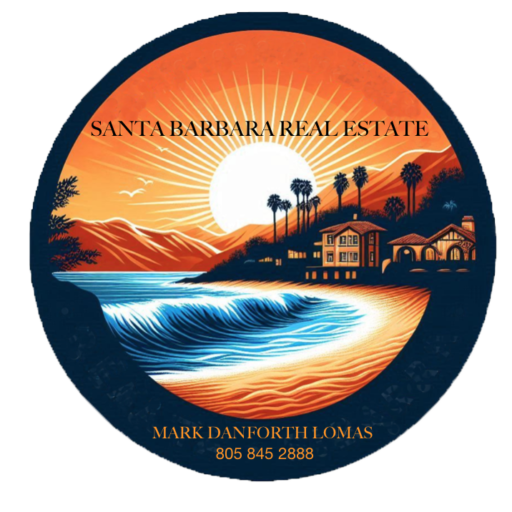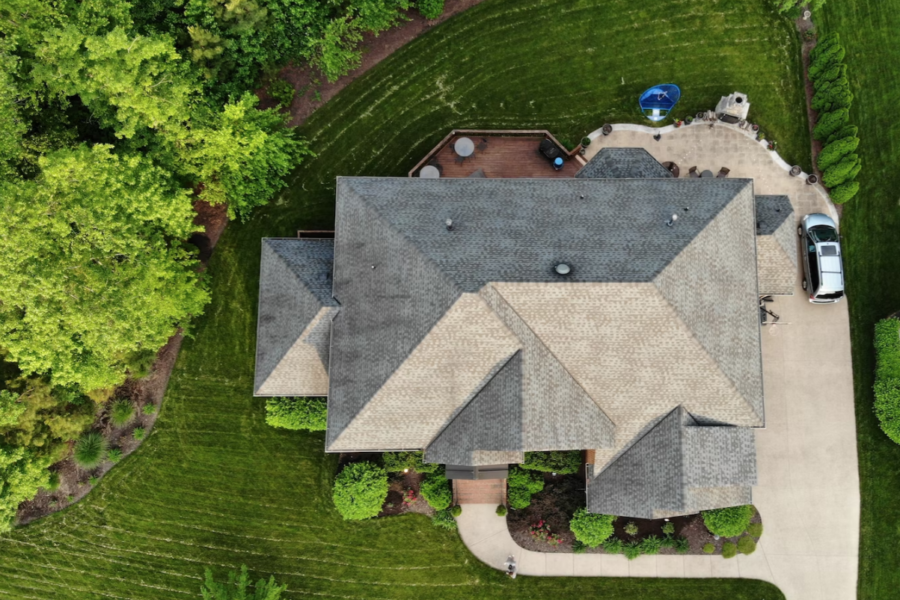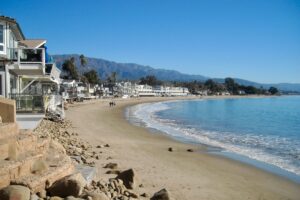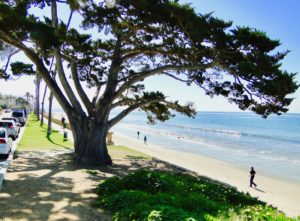
How to Live Happier…Make Your Home More Green
Green Living! You can live in a home that is healthier, more comfortable, less expensive, and lasts longer—basically, a happier home! It’s a choice and a smart way to make a positive difference in the world. “Greening” your home is also a strong selling attribute of homes in the Bay Area.
You don’t have to purchase new “green” construction to take advantage of green home features. You can retrofit your home so that your property is more energy efficient, has better indoor air quality, conserves natural resources (such as fuel), and uses less water. Currently, 40% of the world’s resources go into buildings, and 66% of electricity generated is used for heating, cooling, and lighting buildings.
First, let’s test your Green Home Knowledge
- Which appliance in your home (probably) uses the most electricity?
- How much water can a leaky toilet waste a day?
- Which uses less water, a bath or a shower?
- What percentage of plastic water bottles are recycled in the U.S.?
- What is the best energy?
What You Can Do:
Note: Great Tax Credit This Year: Install energy-efficient home improvements in 2010 and save taxes! For installing eligible energy-efficient windows, doors, skylights, roofs, water heaters, and furnaces, you can receive a $1,500 energy credit on your federal taxes for expenses up to $5,000.
ROOFING
Use the longest-lasting material you can afford, designed for our climate. Insulate 50% higher than the code requires.
WINDOWS
Install low-e windows when replacing or remodeling, at a minimum (keeps heat in during the winter and heat out in the summer). Look for windows with low “U values” (plain glass is 1), which indicates they are more energy efficient.
PLUMBING
Install a sealed combustion water heater. Insulate all hot water lines throughout the house (where possible). Consider dual or ultra-low flush toilets.
HVAC
Install only high-efficiency sealed combustion furnaces and boilers with efficiencies above 90% and AC units with 14 SEER or higher. Seal all ducts with mastic.
ELECTRICAL
Use dimmers and occupancy sensors to minimize lighting requirements. Install compact fluorescent bulbs (CFL’s) and consider LED fixtures wherever possible, which do not contain mercury or other hazardous materials. Install the most efficient appliances possible. Energy Star is a good place to start, but compare energy use between competing models.
DECKING
Instead of wood, think about re-cycled-content composite decking. If you love wood, buy wood certified by the Forest Stewardship Council (FSC label), which ensures that it is harvested and managed in an environmentally sound manner.
INDOOR AIR QUALITY
Use zero-VOC paints and finishes. With forced-air systems, install MERV filters rated 6-12.
LANDSCAPING
Install landscaping that is native and drought-tolerant for your location. Use landscaping to reduce cooling loads. If practical, install a water collection system for rainwater to reduce your potable water usage (local codes apply).
MAKE SMALL CHANGES
If each family takes responsibility for its consumption patterns, its carbon production, and shops locally, we can make a huge difference. The only way to prepare for the future is to bring our focus home. Want to make a huge difference and save money, drink tap water…stop buying water in plastic bottles. Watch this video…show it to your kids and friends.
The Story of Bottled Water Video
Answers to quiz: 1. Refrigerator, because it’s on 24 hours a day. 2. 150 gallons of water can drain out of your toilet a day! 3. A shower uses less water than a tub. 4. Less than 50% of plastic water bottles are recycled. 5. The best energy is the one you never use.
Green Living source: Green America






